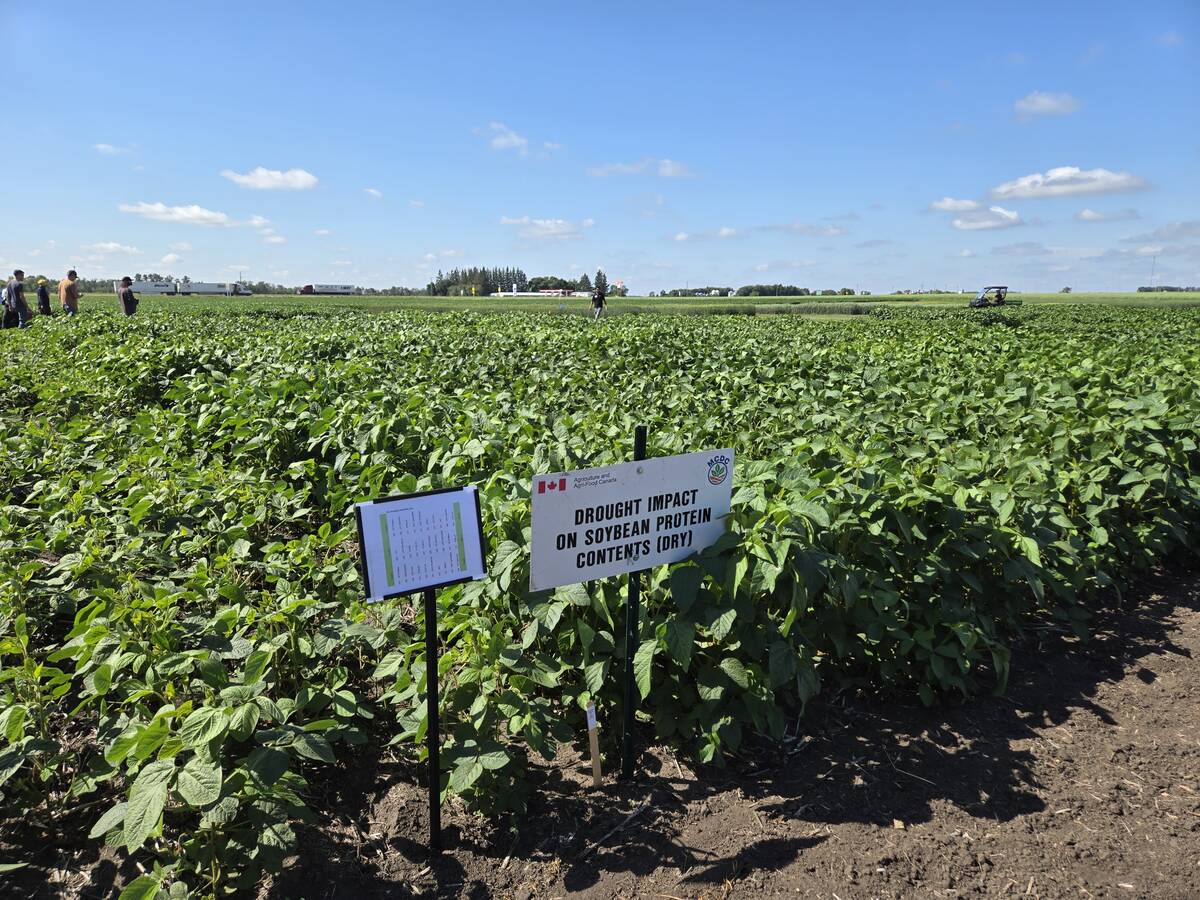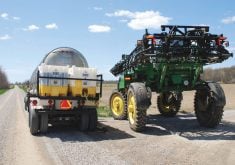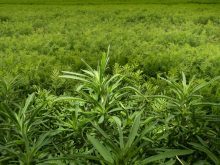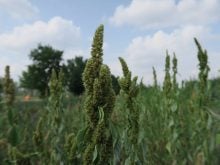Weeds like Palmer amaranth evolve quickly to fit the new norm, while sneaking northward into Canada
Weeds adapt to climate change on their own, without Mankind’s help. Crops, on the other hand, have science and armies of plant breeders on their side. Which side is winning?
That’s a question posed by Texas A and M graduate student Sarah Kezar, as she looks at how Palmer amaranth can quickly sneak into farmers’ fields to become the Number One weed enemy.
If the weed is a Texas problem, why are we concerned on the Canadian prairies? Because Palmer amaranth is rapidly moving our way. In August of 2019, The Western Producer reported, “The weed is now established in North Dakota and may soon move across the border into Manitoba or Saskatchewan.”
Read Also

Carberry field day looks for agriculture solutions
Manitoba farmers explored research solutions for resilient crops, perpetual agronomic issues and new kinds of agricultural products at a field day at the Manitoba Crop Diversification Centre in Carberry on Aug. 6.
This past summer, it was found in a southern Manitoba field.
“It can grow five to seven centimetres a day and a single plant can produce a million seeds. Weed scientists in North Dakota are worried because Palmer, which can reach a height of two metres or higher, is a nasty and aggressive weed.
Kezar says temperature and moisture stresses cause substantial yield losses. Minimizing agricultural losses caused by these stresses has become a major challenge.
“However, it’s not just our crops that will be affected,” she says. “For as long as humans have grown crops, we’ve also fought weeds. Weeds battle our crops for available water, light and nutrients. By their very nature, weeds are typically more robust than domesticated crops. How will the permanent conflict between weeds and crops change in a warming world? The response of crops to anticipated changes in temperature and available water has been well documented, but very little has been studied on weed species.”
So, to complement research on the changing conditions for crops, Kezar and her team are focusing on how weeds will adapt as well. They’ve discovered that pernicious weeds may grow stronger compared to most crops.
That’s not good news. However, knowledge of weeds’ strengths can help scientists plan for better ways to combat them.
Kezar says Palmer amaranth grows in the hotter and drier conditions, which the Prairies are likely to face in the future.
To assess how Palmer amaranth will fare, Kezar set up an experiment under highly controlled conditions. She tested growth at four different temperatures, up to a daily high of 104 F (40 C). She also varied how much water the weed received, to simulate wetter and drier conditions.
“Palmer amaranth growth was slowed by elevated temperature and moisture stress, but the weed was still able to grow. The fact that it maintained adequate growth under high temperature and moisture stress shows it can remain highly competitive by exhausting moisture and nutrients intended for the crop.”
Kezar says Palmer amaranth has an advantage under these stressful conditions. Like corn and sorghum, it has a efficient metabolism. These types of plants are better at capturing energy from the sun under hot weather. Most crops don’t have this extra photosynthesis advantage.
“We saw that Palmer amaranth actually had an increase in photosynthetic capabilities in highly stressed conditions.
“Developing improved management practices are important for effective control of this species in the face of climate change. When we think about climate change impacts on the future of agriculture, we need to keep weed responses in the conversation.
“Research like this can help farmers and scientists plan. By knowing which weeds will outperform our crops, we can better prepare to keep them at bay.”
Kezar presented her research at the 2021 Annual Meeting of the American Society of Agronomy, Soil Science Society of America and Crop Science Society of America. These societies collectively represent more than 12,000 researchers and professionals in agronomy, crop science and soil science.
















